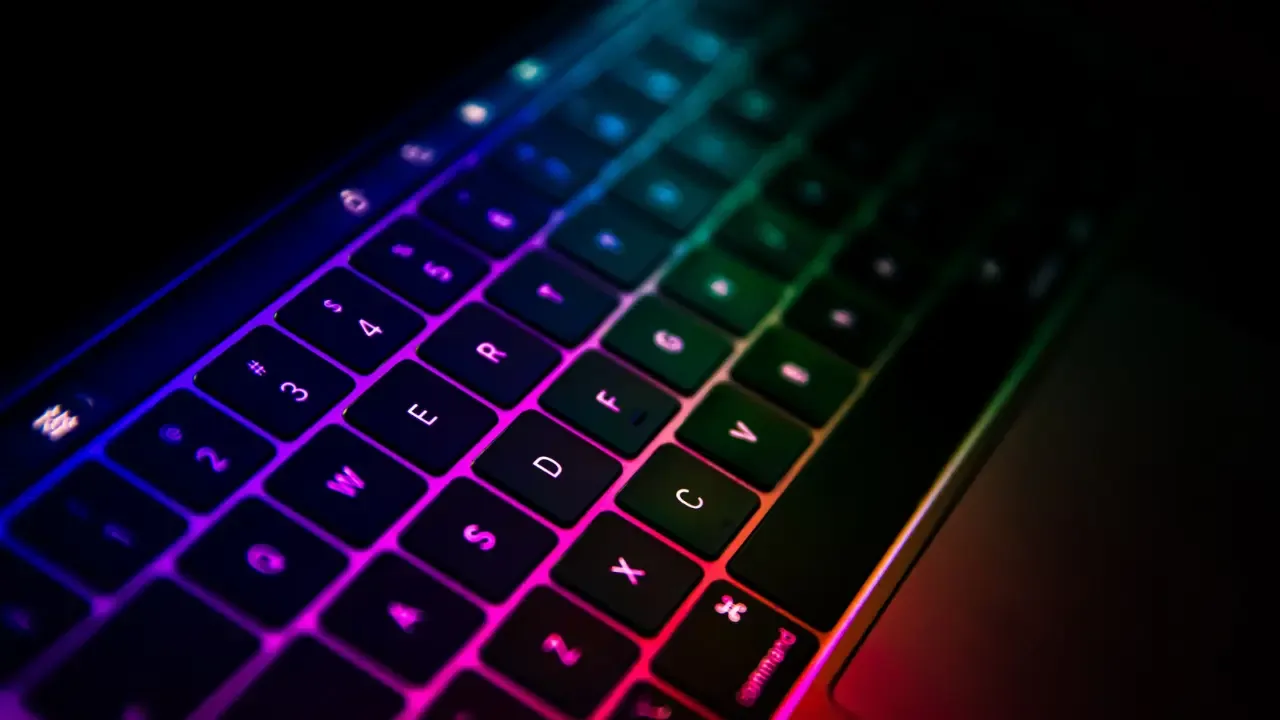How to use background thread in swift?

How to use background threads in Swift: A Complete Guide 🚀
Are you tired of your app freezing and becoming unresponsive when performing intensive tasks? 😫 If you're nodding your head, then you're in the right place! In this blog post, we'll show you how to use background threads in Swift to keep your app running smoothly and deliver an impeccable user experience. Let's dive in! 🌊
The Problem: App Freezing and Unresponsiveness 😭
One of the most common issues developers face is app freezing or becoming unresponsive when performing heavy computations or network operations. This happens because these tasks are executed on the main thread, which is responsible for handling user interface updates. When a task takes too long to complete, the main thread gets blocked, resulting in a frozen or unresponsive app. 🥶
The Solution: Background Threads to the Rescue! 🦸♀️
Using background threads allows you to offload time-consuming tasks from the main thread, ensuring your app remains responsive and snappy. By utilizing multiple threads, you can perform intensive operations without blocking the main thread and keep the UI smoothly up-to-date. 🕺
Step 1: GCD (Grand Central Dispatch) - Your Best Friend for Concurrency 🤝
In Swift, the go-to technology for working with background threads is Grand Central Dispatch (GCD). GCD provides a high-level, powerful, and easy-to-use API for managing concurrent tasks. Here's how you can use GCD to execute a task on a background thread: 👨💻
DispatchQueue.global().async {
// Your time-consuming task goes here 🔧
}By calling DispatchQueue.global().async, you create a new background thread and execute your task on it. 🌐
Step 2: Communicating with the Main Thread 📣
Once your background task completes, you often need to update your UI or perform some other tasks on the main thread. Here's how you can accomplish that using GCD: ✨
DispatchQueue.main.async {
// UI updates or other main thread tasks go here ✏️
}By calling DispatchQueue.main.async, you ensure that the provided block of code is executed on the main thread, making it safe to perform UI updates. 💅
Bonus Tip: Avoiding Retain Cycles with Capture Lists ‼️
When using GCD with closures, you need to be cautious about potential retain cycles. A retain cycle occurs when an object holds a strong reference to another object, and that object also holds a strong reference back. Retain cycles can prevent objects from being deallocated, leading to memory leaks. To avoid retain cycles, you should use capture lists. 🕸️
DispatchQueue.global().async { [weak self] in
guard let self = self else { return }
// Your time-consuming task goes here, with a strong reference to `self` ✊
}By using [weak self] in the capture list, you create a weak reference to self within the closure, ensuring that it won't create a retain cycle. 🚧
Final Thoughts and Call-to-Action 👏
Congratulations! You're now equipped with the knowledge to harness the power of background threads in Swift and create highly performant and responsive apps! 🎉
Don't let your users suffer from freezes and unresponsiveness. Embrace background threads, leverage GCD, and keep your app running smoothly! 💪
Have you encountered app freezing or unresponsiveness issues before? How did you solve it? Share your experience in the comments below and let's start a discussion! 👇
References 📚
Thanks for reading! If you found this guide helpful, consider sharing it with other developers who might benefit from it. Happy coding! 😄👩💻👨💻


